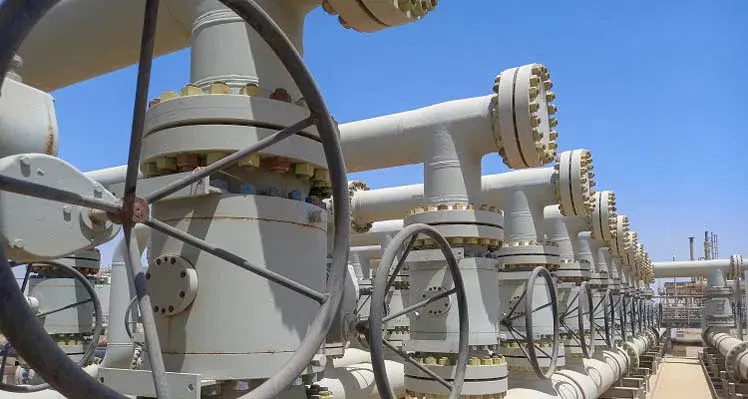Global gas demand reached a new all-time high in 2024, while oil demand growth slowed markedly, according to the IEA’s newly-released Global Energy Review 2025
Demand for all energy sources increased in 2024, as global energy demand rose by 2.2% last year, considerably faster than the average over the last decade, with surging electricity consumption being a major factor.
Emerging and developing economies accounted for over 80% of the increase in global energy demand in 2024, despite slower growth in China, with the advanced economies seeing a return to growth and a 1% increased in energy demand.
Renewables accounted for most of the growth in global energy supply (38%), followed by natural gas (28%), coal (15%), oil (11%) and nuclear (8%).
The report highlights the surge in global electricity consumption, which rose by nearly 1,100 terawatt-hours, or 4.3%, nearly double the annual average over the past decade, driven by record global temperatures, rising consumption from industry, the electrification of transport, and the growth of data centres and artificial intelligence.
80% of the increase in global electricity generation in 2024 was met by renewable sources and nuclear, with renewables accounting for 32% of total generation, and new renewable power capacity installed worldwide rising to around 700 gigawatts. The supply of natural gas-fired generation also increased steadily in response to rising electricity demand.
Rising demand for gas
Global gas demand rose by 2.7% in 2024, or 115bn cubic metres (bcm), compared with an average of around 75 bcm annually over the past decade, with over three-quarters of growth coming from emerging market and developing economies. Higher demand was focused in fast-growing Asian markets, with growth of over 7% in China, and over 10% in India. Globally, demand growth was driven by higher industrial use, and by increased gas use in power generation (partly as a result of extreme weather).
Natural gas continued to displace oil and oil products in various sectors, supported by policies, regulations and market dynamics, for example In the Middle East, where gas is replacing oil in the power sector. In road transport, the rapid scaling up of natural gas-powered trucks in China – with record sales in 2024 – contributed to lower diesel demand there. The use of LNG as a bunkering fuel is also expected to increase amid more stringent emissions regulations for shipping.
The slowing growth in oil demand to 0.8%, compared to 1.9% in 2023, reflected the end of the post-pandemic mobility rebound, slower industrial growth and the increasing impact of electric vehicles, with one in five cars sold globally now being electric. However growth in demand for aviation fuel and petrochemicals is higher, with feedstock demand remaining strong. Oil’s share of total energy demand fell below 30% for the first time ever.
While global CO2 emissions rose 0.8% to 37.8bn tonnes, a key driver being record high temperatures, this figure would be considerably higher if it were not for the deployment of solar PV, wind, nuclear, electric cars and heat pumps, which mitigates 2.6 billion tonnes of CO2 annually, the equivalent of 7% of global emissions.
IEA executive director Fatih Birol said, “What is certain is that electricity use is growing rapidly, pulling overall energy demand along with it to such an extent that it is enough to reverse years of declining energy consumption in advanced economies. The result is that demand for all major fuels and energy technologies increased in 2024, with renewables covering the largest share of the growth, followed by natural gas. And the strong expansion of solar, wind, nuclear power and EVs is increasingly loosening the links between economic growth and emissions.”
The report is available at http://www.iea.org/reports/global-energy-review-2025
.









